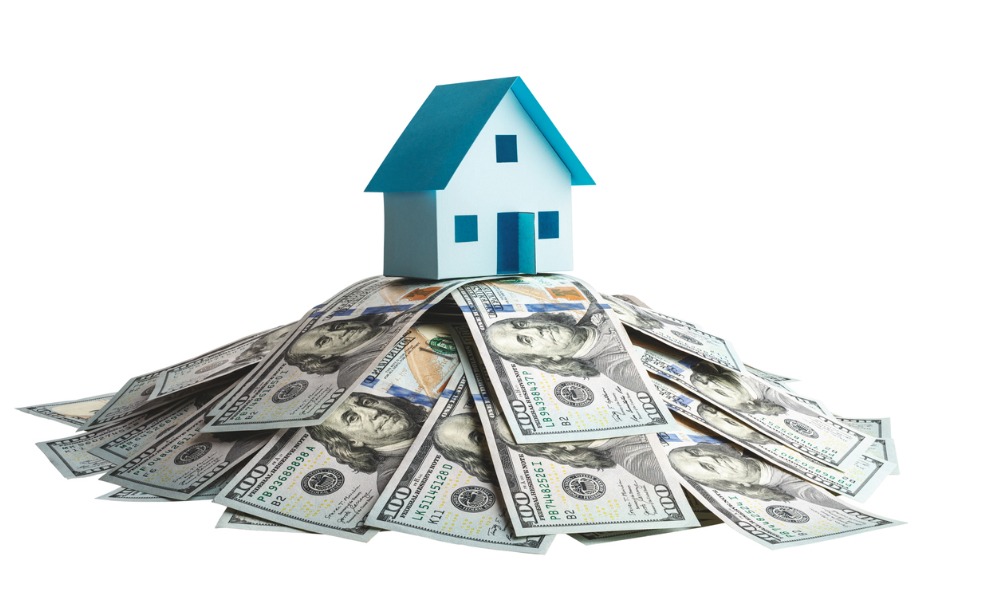Americans are carrying more mortgage debt but also holding record home equity

While Americans are carrying more mortgage debt than ever before, the overall market leverage remained near historic lows, according to a new report from Intercontinental Exchange (ICE).
The ICE Mortgage Monitor revealed that total outstanding mortgage debt, including both first and second liens, reached a new peak in June. However, the market leverage stayed near record lows due to strong home price appreciation.
This indicates that homeowners have built substantial equity cushions despite carrying larger mortgages, according to Andy Walden, vice president of research and analysis at ICE.
“Total cumulative debt leverage – essentially a loan-to-value ratio for the entire mortgage market – is equivalent to 44.1% of underlying home values, the third lowest leverage ratio we’ve seen in the past 20-plus years,” said Walden. “Rising home prices have also continued to build the fortunes of existing homeowners, pushing tappable equity – the amount a mortgage holder can leverage while retaining a healthy 20% equity cushion – to its highest level ever.”
Nine out of 10 mortgage holders (about 48.5 million) have some degree of tappable equity, which means they can borrow against their homes while maintaining at least a 20% equity cushion.
This equity is largely held by high-credit-score borrowers with low interest rates on their primary mortgages. Specifically, two-thirds of this equity belongs to those with credit scores of 760 or higher and first-lien rates below 4%.
Interestingly, three out of five mortgage holders have at least $100,000 in tappable equity, with a subset of these having access to significantly more. For instance, 4.6 million homeowners have at least $500,000 in tappable equity, and 1.2 million have over $1 million. The data suggests that those with the most equity typically secured their loans at lower interest rates during periods of favorable market conditions.
Read next: Reverse mortgage powerhouse makes major deal
However, the home equity lending market has been relatively sluggish since interest rates began climbing in early 2022. The increased cost of borrowing has discouraged homeowners from tapping into their equity, despite the record levels available.
“Home equity lending has been sluggish since interest rates began their climb higher early in 2022,” Walden explained. “As the Fed raised short-term lending rates, accessing equity became more expensive for homeowners, evidenced by the anemic growth in such lending despite record levels of available, tappable equity.”
Walden suggested that potential Fed rate cuts, specifically the easing of short-term rates, could make home equity loans more attractive.
“Lenders would do well to prepare,” he said. “The ability to originate and service home equity loans alongside first lien mortgages will be key – to say nothing of using data-driven portfolio analysis to identify potential second lien customers.”
The report also pointed out that only a small fraction of homeowners—less than 325,000, or 0.60%—are underwater on their mortgages. However, some regions, particularly in Texas, Florida, and Louisiana, are experiencing rising rates of negative equity.
In cities like Austin and San Antonio, as well as Florida locations like Cape Coral and North Port, falling home prices and increasing inventories have led to more homeowners owing more on their mortgages than their properties are worth.
Stay updated with the freshest mortgage news. Get exclusive interviews, breaking news, and industry events in your inbox, and always be the first to know by subscribing to our FREE daily newsletter.



